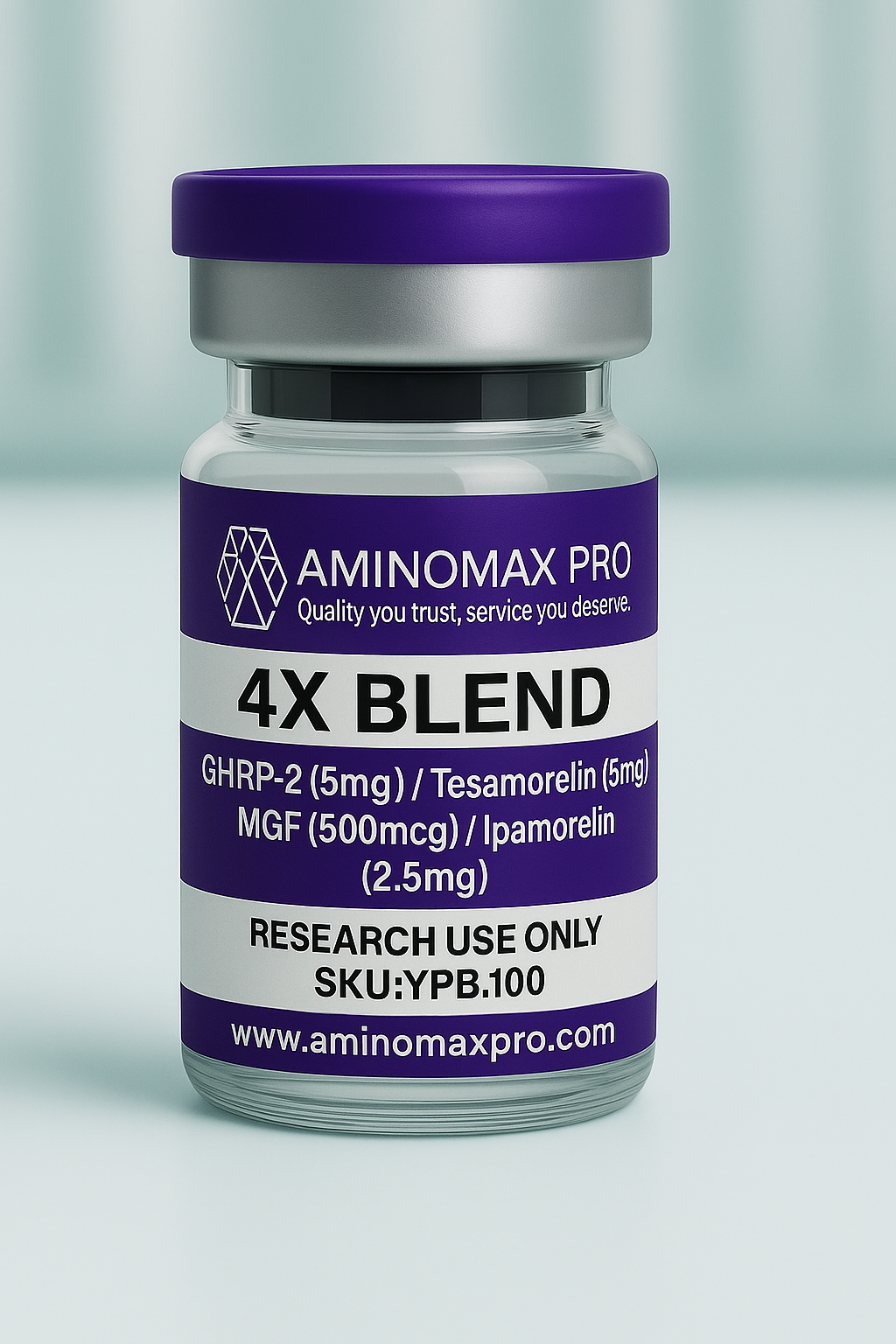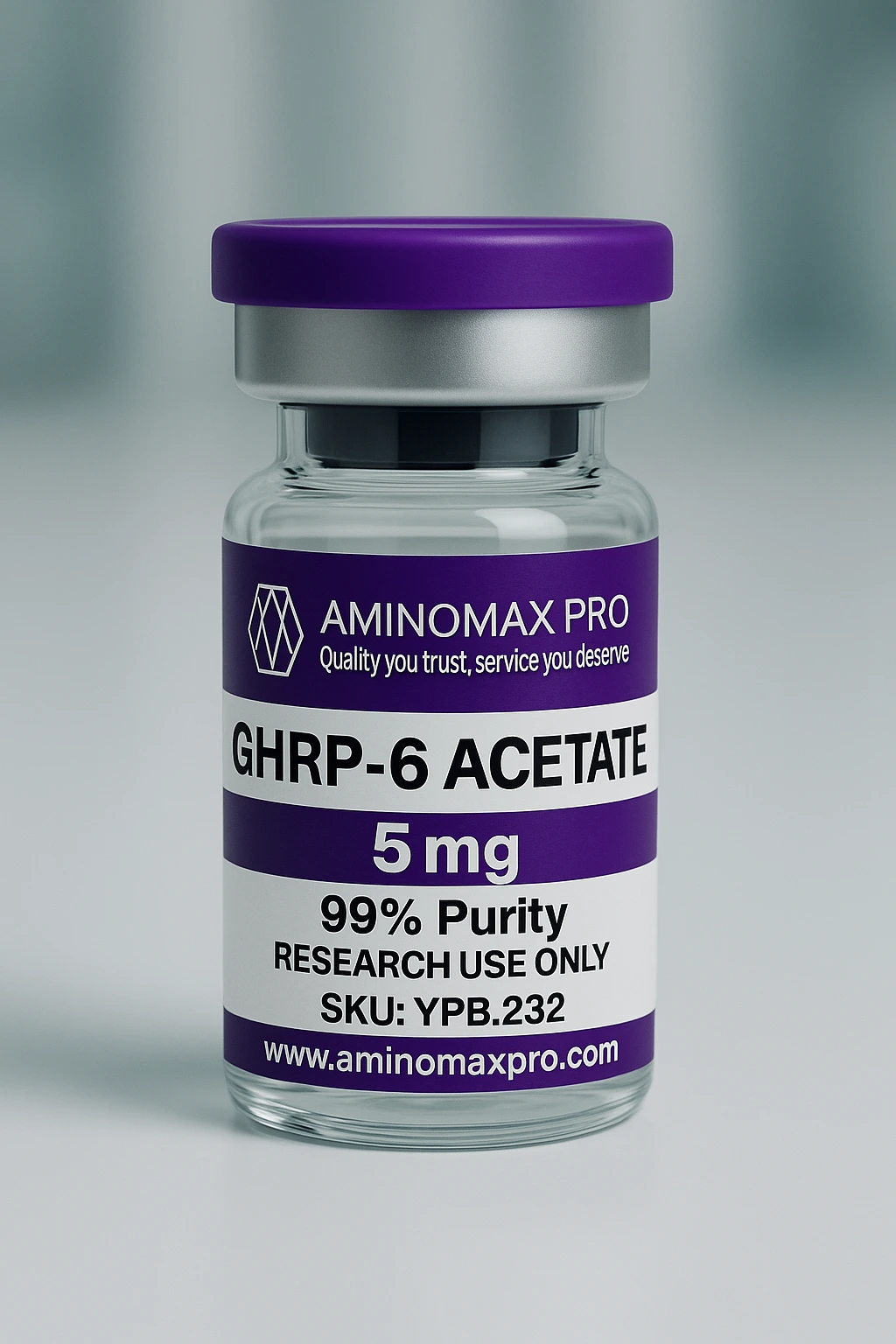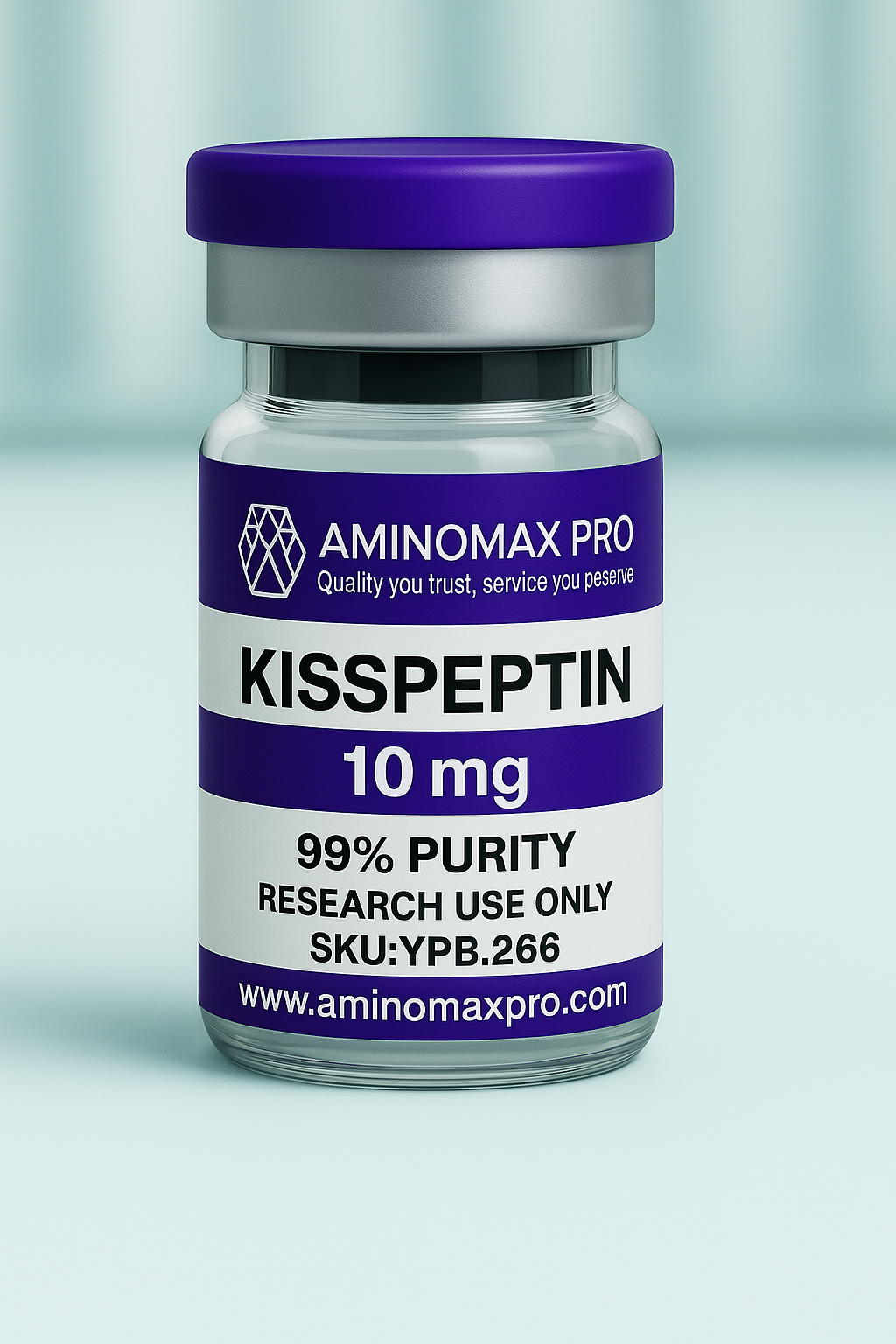Description
4X Peptide Blend – Advanced Biochemical Mechanism Overview
GHRP-2 (5mg) / Tesamorelin (5mg) / MGF (500mcg) / Ipamorelin (2.5mg)
This blend comprises four peptides frequently utilized in advanced endocrine and cellular-signaling models. Together, these agents engage both GHS-R and GHRH-R pathways, as well as IGF-1R-mediated gene expression, enabling multi-axis analysis of growth-hormone and regenerative signaling.
GHRP-2
Primary receptor: GHS-R1a (growth hormone secretagogue receptor)
Signaling cascade:
-
GHS-R1a → Gq/11 protein coupling
-
Activation of phospholipase-C (PLC)
-
Generation of IP3 and DAG second messengers
-
Increased intracellular calcium release
-
PKC activation
Downstream gene targets studied in vitro:
-
GH1 (growth hormone gene transcription)
-
c-Fos, c-Jun (immediate early genes)
-
SOCS family for negative-feedback studies
-
Calcium-dependent CREB phosphorylation
Research models frequently investigate GHRP-2 for its ability to augment pulsatile GH release while bypassing somatostatin inhibition in cultured pituitary cells.
Tesamorelin
Primary receptor: GHRH-R (Class B GPCR on pituitary somatotrophs)
Signaling cascade:
-
GHRH-R → Gs coupling
-
Adenylyl cyclase activation
-
cAMP accumulation
-
PKA activation
-
Phosphorylation of CREB
Downstream transcriptional targets:
-
GH1 and POU1F1 (Pit-1) for pituitary GH synthesis
-
IGF-1 gene expression in hepatocyte models
-
Feedback on hypothalamic somatostatin neurons
Tesamorelin’s stabilized structure provides extended receptor binding time, making it useful for controlled experiments requiring sustained cAMP-PKA activation.
MGF (Mechano Growth Factor – IGF-1 Ec isoform)
Primary receptor: IGF-1R (tyrosine kinase receptor)
Signaling cascade:
-
IGF-1R autophosphorylation
-
Recruitment of IRS-1/2
-
Activation of PI3K→Akt→mTOR pathway
-
MAPK/ERK cascade initiation
Downstream biological targets in research settings:
-
Satellite cell activation markers (Pax7, MyoD)
-
mTOR-regulated protein synthesis genes
-
Cell-cycle progression markers in repair studies
MGF is often used in localized cell-culture models to compare autocrine/paracrine growth-factor signaling vs. systemic IGF-1 activity.
Ipamorelin
Primary receptor: GHS-R1a (selective ghrelin mimetic)
Signaling specificity:
-
Highly selective for GH secretion with limited cross-activation of ACTH, prolactin, or cortisol-related pathways in lab studies
-
Engages cAMP and PLC signaling without strong off-target endocrine effects
Second messengers & downstream targets:
-
IP3-mediated Ca²⁺ mobilization
-
PKC and CREB activation
-
Studies on GH gene transcription modulation and receptor binding kinetics
Combined Signaling Interest
With both GHS-R1a and GHRH-R pathways stimulated simultaneously, researchers often use this blend to examine:
-
Convergent signaling on GH1 transcription
-
Cooperative effects on CREB-regulated gene expression
-
IGF-1R-mediated mTOR activation following GH-axis stimulation
-
Comparative receptor kinetics between ghrelin mimetics and GHRH analogs
-
Cross-talk between MAPK/ERK and PI3K/Akt pathways in regenerative models
Research-Only Classification
This material is restricted to in-vitro and laboratory research.
It is not approved for human or animal use, clinical testing, or diagnostic procedures.






